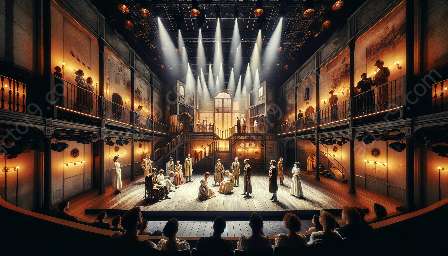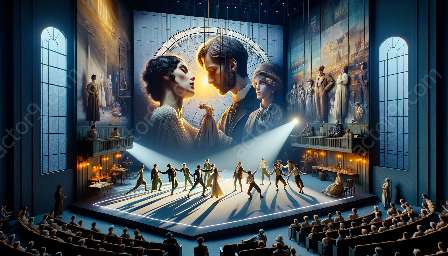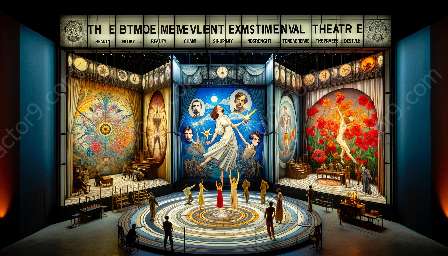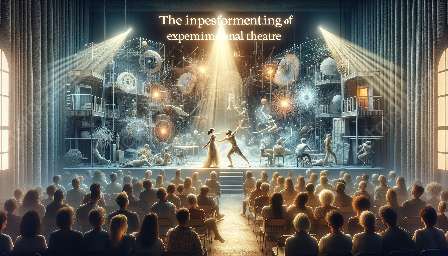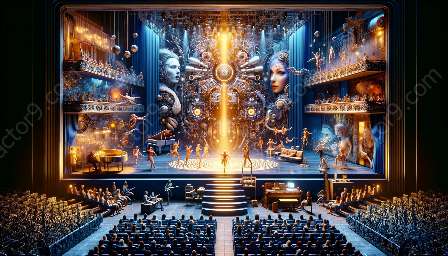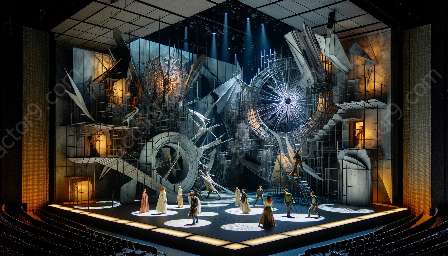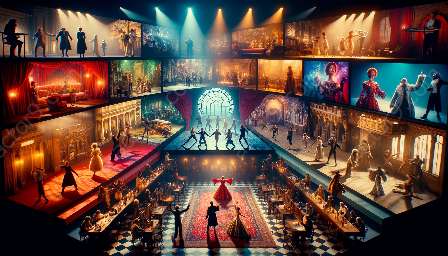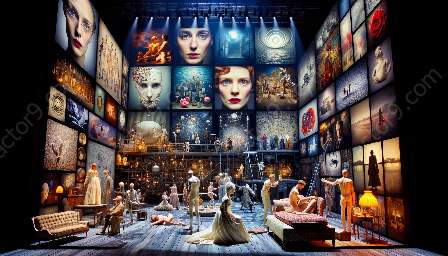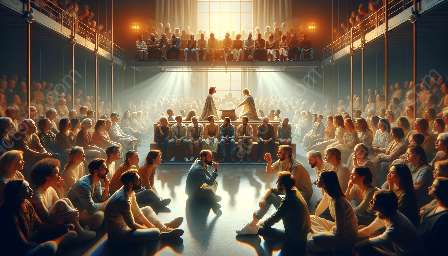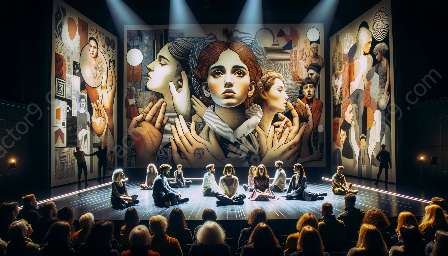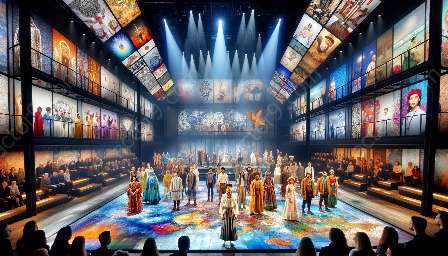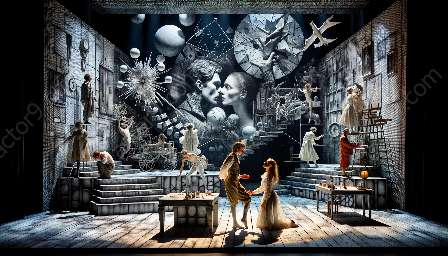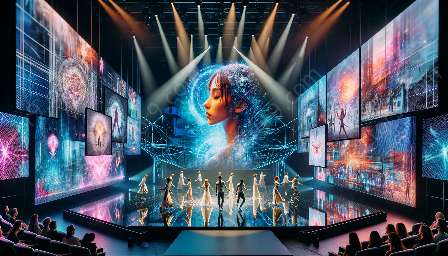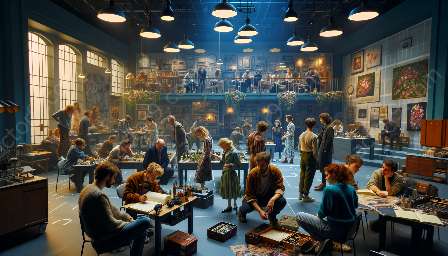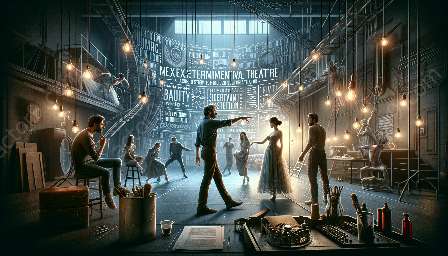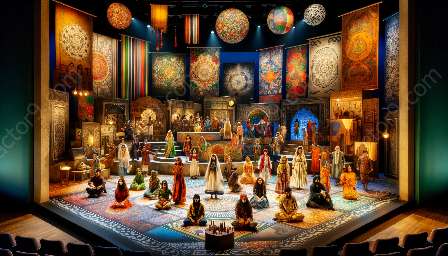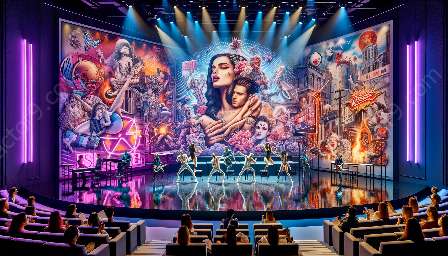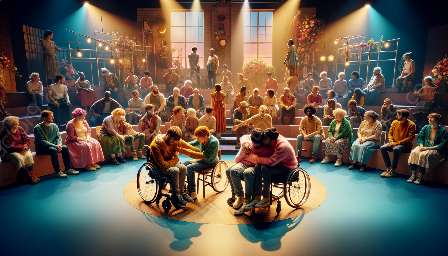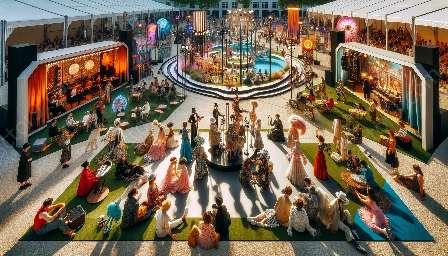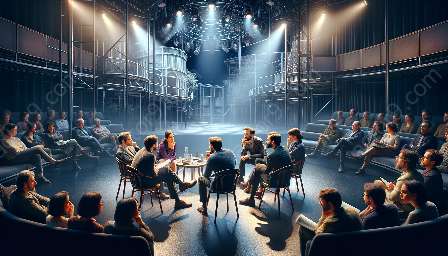Experimental theatre is a space where artistic expression meets innovative storytelling, challenging traditional narratives and offering new perspectives. Non-linear storytelling in experimental theatre has become a powerful tool in redefining cultural representation and engaging audiences in thought-provoking experiences.
The Key Elements of Non-Linear Storytelling in Experimental Theatre
Non-linear storytelling deviates from the traditional linear progression of a story. It often presents events and characters in a fragmented, non-chronological manner, inviting the audience to piece together the narrative puzzle. In experimental theatre, this unconventional approach to storytelling is utilized to disrupt conventional norms and provoke deeper engagement.
1. Multiple perspectives and timelines
Experimental theatre often employs multiple perspectives and timelines, allowing the story to unfold from different points of view and at various moments in time. This technique challenges the audience to navigate through intersecting narratives and understand the complexities of the human experience from diverse angles.
2. Fragmentation and juxtaposition
Fragmentation and juxtaposition are central to non-linear storytelling in experimental theatre. Scenes, dialogue, and visual elements may be presented in a disjointed manner, requiring the audience to actively participate in connecting the disparate pieces. This approach encourages critical thinking and enables a deeper exploration of themes and emotions.
3. Non-traditional narrative structures
Experimental theatre often defies traditional narrative structures, embracing unconventional approaches to plot development and character arcs. This departure from linear storytelling allows for greater experimentation with storytelling techniques, fostering a dynamic and unpredictable audience experience.
Impact on Cultural Representation
Non-linear storytelling in experimental theatre offers a platform for diverse cultural representation, challenging dominant narratives and amplifying underrepresented voices. By disrupting conventional storytelling norms, experimental theatre invites a re-examination of cultural perspectives and encourages a more inclusive reflection of society.
Cultural diversity and intersectionality
Non-linear storytelling in experimental theatre allows for the exploration of cultural diversity and intersectionality. By weaving together non-linear narratives from various cultural and social contexts, theatre artists can create a mosaic of experiences that reflect the complexity of identity and representation.
Challenging stereotypes and norms
Experimental theatre's non-linear approach challenges stereotypes and norms, offering alternative portrayals of culture and identity. Through fragmented narratives and non-traditional structures, experimental theatre opens up space for subverting ingrained narratives, promoting critical dialogue, and fostering a deeper understanding of cultural complexities.
Engaging with the unknown
Non-linear storytelling in experimental theatre invites audiences to engage with the unknown, embracing ambiguity and uncertainty. This dynamic engagement encourages a more active and participatory audience experience, sparking conversations about cultural representation and the fluidity of narratives.
Conclusion
Non-linear storytelling in experimental theatre enriches cultural representation by offering a unique and provocative approach to storytelling. Through its key elements of multiple perspectives, fragmentation, and non-traditional narrative structures, experimental theatre challenges conventional norms, amplifies diverse voices, and fosters a deeper understanding of cultural complexities. By embracing non-linearity, experimental theatre continues to push the boundaries of storytelling, shaping a more inclusive and reflective cultural landscape.

